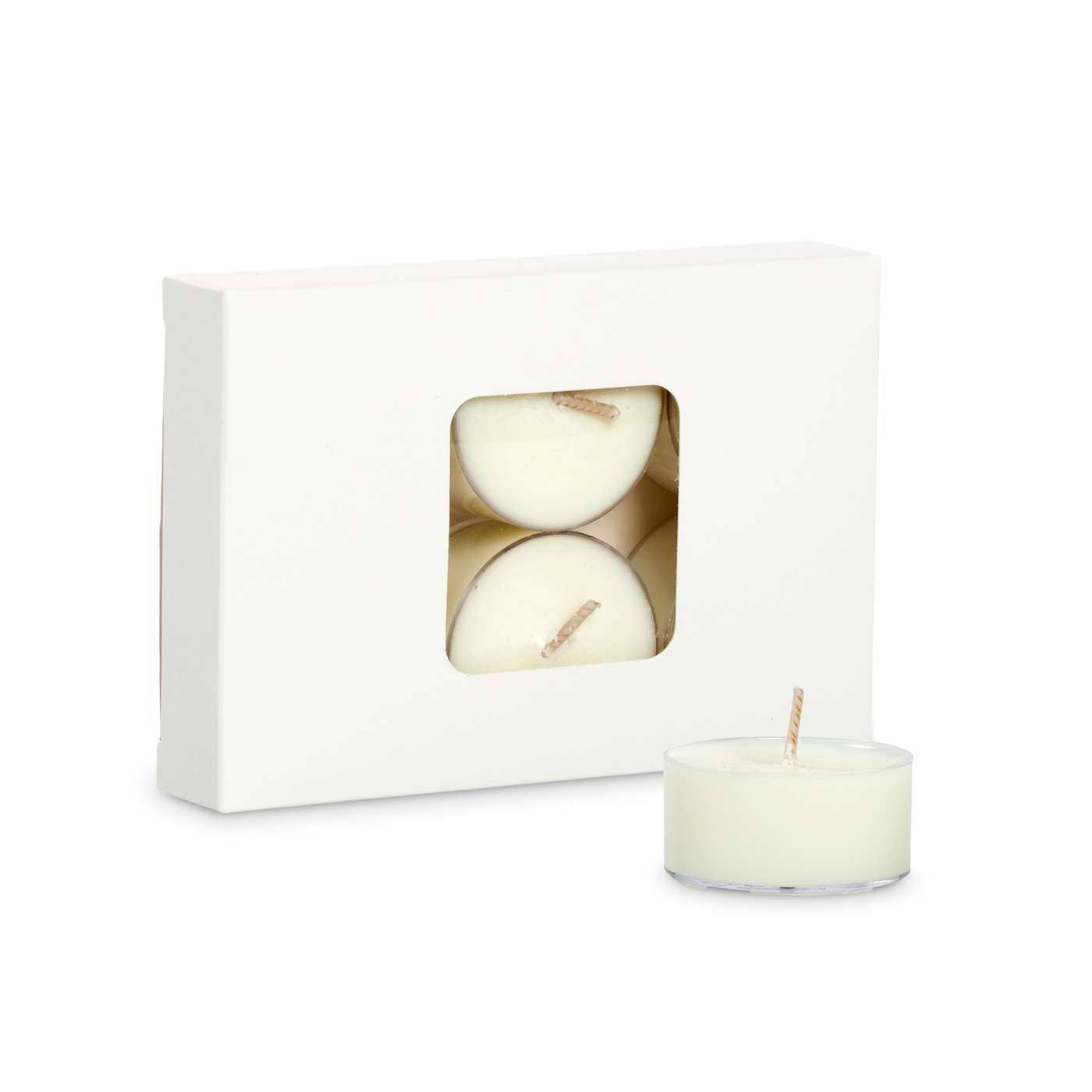Explore the Magic of Crystal Soy Candles and Home Fragrance
Wiki Article
From Wick to Wax: Recognizing the Chemistry Behind Soy Wax Candles and Their Ecological Impact
As we illuminate our rooms with the warm glow of candle lights, there exists a realm of intricate chemistry behind the apparently straightforward act of lighting a soy wax candle. Join us as we decipher the clinical details behind soy wax candle lights and explore their implications on our environment.Soy Wax Vs. Paraffin Wax
When contrasting soy wax and paraffin wax for candle light making, it is necessary to comprehend the distinct features and benefits of each product. Soy wax is a natural, renewable energy originated from soybean oil, making it naturally degradable and environmentally friendly - candles. On the other hand, paraffin wax is a by-product of petroleum refining, which increases problems regarding its environmental impact and sustainabilitySoy wax candles melt cleaner and release less soot contrasted to paraffin wax candle lights, making them a much healthier option for indoor air top quality. In addition, soy wax has a lower melting point, permitting for a longer-lasting candle light that distributes fragrance better. Paraffin wax, on the other hand, often tends to melt faster and much less cleanly, possibly launching dangerous chemicals right into the air.
From a sustainability point of view, soy wax is favored for its biodegradability and renewable sourcing, aligning with the expanding consumer choice for environmentally conscious products. While paraffin wax has been a standard selection in candle light making due to its affordability and simplicity of usage, the shift in the direction of eco-friendly choices like soy wax is getting momentum in the sector.
Chemical Structure of Soy Wax

Combustion Process in Soy Candles
The chemical composition of soy wax directly affects the burning procedure in soy candles, impacting elements such as melt time, aroma release, and environmental impact. When a soy candle is lit, the warm from the flame thaws the wax near the wick. This liquid wax is after that formulated the wick because of capillary action. As the fluid wax gets to the flame, it vaporizes and undertakes combustion. The burning procedure involves the vaporized hydrocarbons in the wax responding with oxygen airborne to produce heat, light, water vapor, and carbon dioxide.
The combustion effectiveness of soy candles is influenced by the pureness of the soy wax and the high quality of the wick. A clean-burning soy candle with an effectively sized wick will produce a steady flame and decrease residue formation. This not just prolongs the burn time of the candle light however also enhances the launch of scents. In addition, soy wax candles have a lower environmental influence contrasted to paraffin candle lights due to their eco-friendly and sustainable nature.

Environmental Advantages of Soy Wax

Thought about a lasting choice to typical paraffin wax, soy wax supplies significant environmental benefits that make it a prominent option among eco-conscious customers. Soy wax burns cleaner and produces much less soot than paraffin wax, contributing to far better indoor air high quality and lowering the need for cleansing and upkeep. In general, the ecological benefits of soy wax line up with crystal soy candles the expanding demand for eco-friendly and lasting products in the market.
Recycling and Disposal Considerations
Reusing and appropriate disposal of soy wax candles play an important function in maintaining ecological sustainability and minimizing waste in households and areas. The very first step is to make sure that the candle light has shed totally when it comes to reusing soy wax candle lights. This can be attained by allowing the candle to shed until the wick is no much longer usable, and after that allowing the remaining wax cool and strengthen. When the wax has strengthened, it can be carefully removed from the container.
In regards to disposal, if recycling is not an option, soy wax candles are naturally degradable and can be securely disposed of in most house waste systems. However, it is constantly suggested to consult neighborhood reusing facilities or waste management services for certain guidelines on candle light disposal to make certain correct handling and environmental protection.
Conclusion
In verdict, the chemistry behind soy wax candles exposes their environmental advantages over paraffin wax candles. Soy wax, derived from soybean oil, burns cleaner and generates much less residue when contrasted to paraffin wax.When contrasting soy wax and paraffin wax for candle light production, it is crucial to understand the unique attributes and advantages of each product (home fragrance).Soy wax candles burn cleaner and send out much less soot contrasted to paraffin wax candle lights, making them a much healthier selection for indoor air top quality.Considered a lasting option to typical paraffin wax, soy wax supplies notable ecological benefits that make it a preferred choice among eco-conscious customers. Soy wax burns cleaner and produces less residue than paraffin wax, adding to far better interior air top quality and reducing the need for cleaning and maintenance.In final thought, the chemistry behind soy wax candle lights reveals their ecological benefits over paraffin wax candles
Report this wiki page